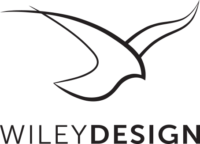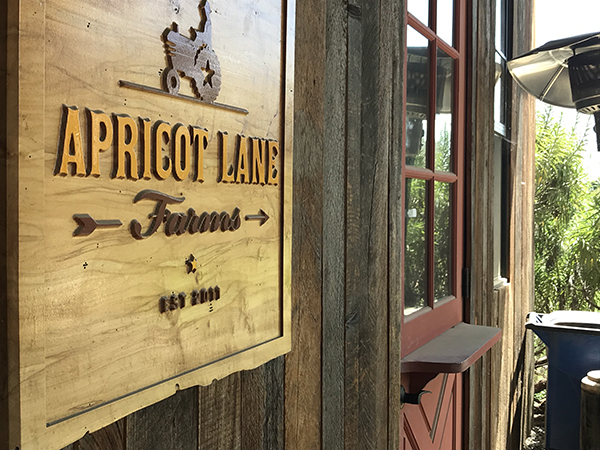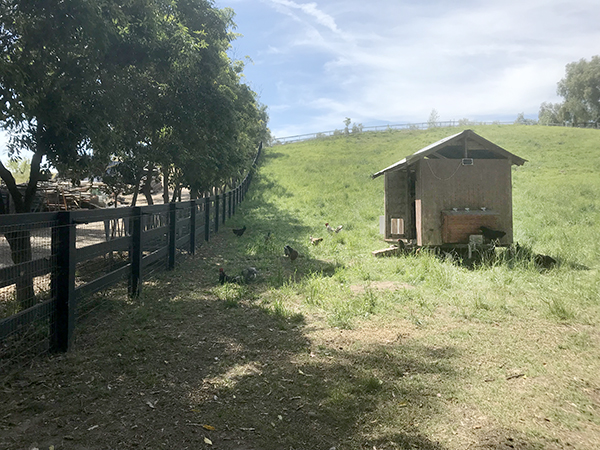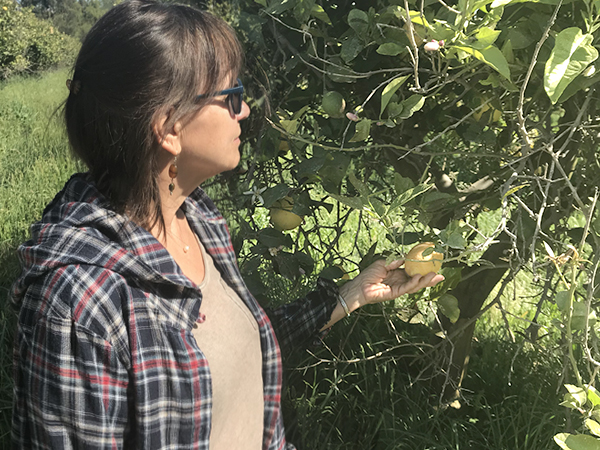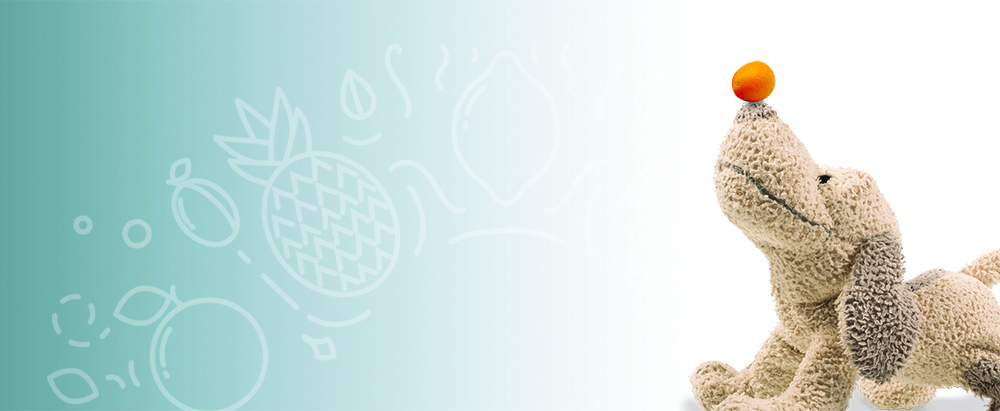Nature’s Design for Farming Biodynamic
Part 2 of 2

Sheep grazing among the fruit trees, contained by portable electric fencing
Apricot Lane Farms
After I watched the movie The Biggest Little Farm at the Boulder Film Festival, I felt joy and hope, because I saw a wonderful message (and a heartwarming documentary) that farming can be productive and lucrative the old fashioned way. It’s real, and I set out to see it first hand.
Apricot Lane Farms is located 40 miles north of Los Angeles. I scheduled a tour that would coincide with my annual trip west. Setting out early from San Diego to beat the LA traffic, my daughter (who had recently studied Permaculture) and I arrived at the farm to join a group of about 40 people for the 1:00 pm tour.
The best way to explain Apricot Lane Farms is to watch the movie. In short, a young couple (and their dog) purchased a nearly dead, dusty orchard. With the help of several investors and the expertise of a biodynamic farmer named Alan York, they were able to transform the 200 acres into a lush, productive oasis.
Biodynamic farming is the precursor to organic and
sustainable farming. It was developed in Germany in the
early 1920s by philosopher Dr. Rudolf Steiner. Dr. Steiner believed
that the soil, plants, animals and everything in the
solar system is interconnected.
Diversity
The El Toledo Coffee plantation (part 1 of my blog) sees ongoing benefits from their diverse plantings. Furthering that theme, Apricot Lane Farms’ repertoire includes farm animals. They have pigs, goats, sheep, chickens, ducks, guinea hens, horses, highland cattle, and a Swiss dairy cow. The land consists of biodynamic certified avocado and lemon orchards, a vegetable garden, pastures, and over 75 varieties of stone fruit (fruit with a pit).
The Vision
The vision, in part: Plant fruit trees in artful, curved rows, etched into the hills to avoid water runoff. Allow a lush undergrowth of native grasses… no bare dirt to be found! Make soil quality the most important goal. Build a very very large worm shed to transform decaying organic substances into rich soil enhancers.
- Attention to design details
- Upscale packaging
- Chicken house on wheels with a hitch
- Under a lemon tree
The Process
Sheep are moved from crop area to crop area using portable electric fencing. Chicken houses have wheels so they can be easily moved. The rotation of the larger animals aerates the soil with their hooves. All of the farm animals enjoy free range pasture, while fertilizing the land. The mini ecosystem starts to emerge, attracting insect-eating and predator birds, and other beneficial wildlife.
Challenges
The Biggest Little Farm movie depicts an idealistic scene one moment, then shows us the horrors of wildfires and flooding rains the next moment. Coyotes and gophers are constant threats to the farm animals and the crops… but ultimately… with patience, nature provides solutions. Not by interfering, but by allowing, the farmers create an ecosystem—a beautiful design worth sharing! Check out their website, here.
